Next week, we’re launching a new “green” fuel to space for the first time! The Green Propellant Infusion Mission (GPIM)—which consists of a non-toxic liquid, compatible propulsion system and the small satellite it’s riding on—will demonstrate how our technology works so that future missions can take advantage of this safer, more efficient fuel alternative.
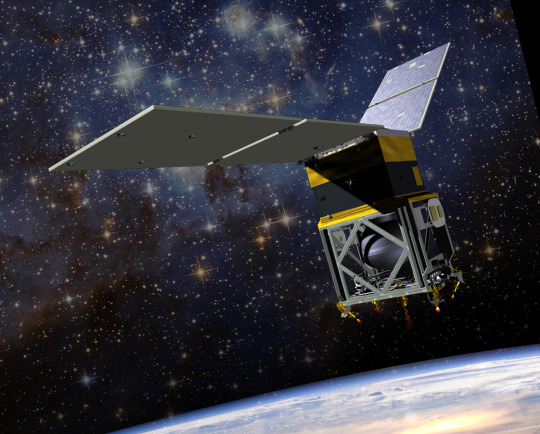
Here are six key facts to know about our Green Propellant Infusion Mission:
1) The Air Force Research Lab developed the “green” fuel.
The AFRL’s hydroxyl ammonium nitrate fuel/oxidizer blend—called AF-M315E—is actually peach in color. This liquid doesn’t require the kind of strict, handling protocols that conventional chemicals currently require. Think shirtsleeves instead of hazmat suits, which could reduce pre-launch ground processing time for a spacecraft from weeks to days!
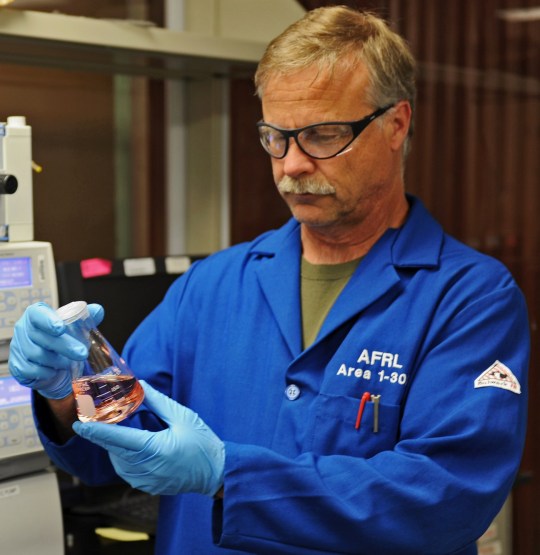
Image Credit: Air Force Research Lab
2) It’s safer and more efficient.
The non-toxic fuel offers nearly 50% better performance when compared to today’s highly toxic chemical propellant, hydrazine. That’s equivalent to getting 50% more miles per gallon on your car. This means spacecraft can travel farther or operate for longer with less propellant in their fuel tanks.
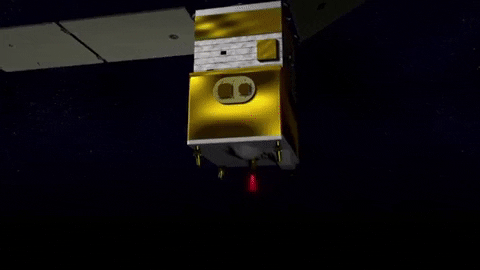
3) The fuel can handle extreme temperatures.
Even on missions to extremely cold environments, such as the south pole of Mars – where temperatures can dip as low as -225 degrees Fahrenheit and carbon-dioxide ice “spiders” can form (see below) – AF-M315E won’t freeze, but rather just transforms into a glass transition phase. This means even though it turns into a solid, it won’t cause spacecraft components to stretch or expand, so the spacecraft only has to warm up the fuel when it needs it.

4) Industry is already lining up to use the technology.
Our commercial partners report that there is a lot of interest and potential for this tech. After we successfully prove how it works in space, small satellites to large spacecraft could benefit by using the green propellant system. It’d only be a matter of time before companies begin building the new systems for market.

5) GPIM required a team of talented engineers.
Engineers at Aerojet Rocketdyne in Redmond, Washington developed new, optimized hardware like thrusters, tanks, filters and valves to work with the green fuel. GPIM uses a set of thrusters that fire in different scenarios to test engine performance and reliability.
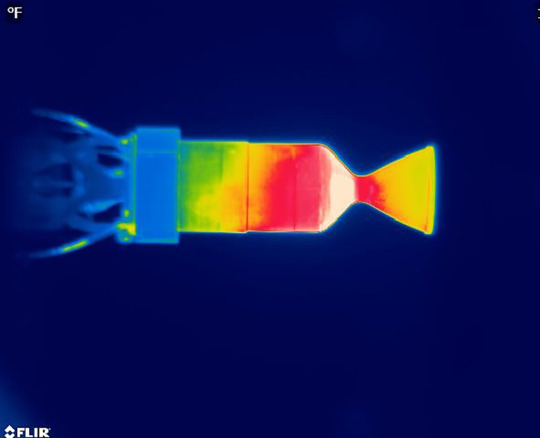
Ball Aerospace of Boulder, Colorado designed and built the mini fridge-sized spacecraft bus and pieced it all together.
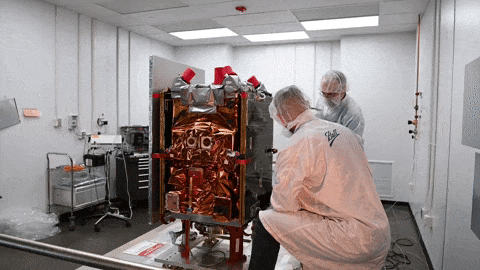
Before being ready for flight, GPIM components went through rigorous testing at multiple NASA centers including our Glenn Research Center, Goddard Space Flight Center and Kennedy Space Center. The program team at Marshall Space Flight Center manages the mission. Once in orbit, researchers will work together to study how the fuel is performing as they manipulate the spacecraft. The demonstration mission will last about 13 months.
6) GPIM will hitch a ride on a SpaceX Falcon Heavy rocket.
SpaceX’s Falcon Heavy rocket will launch for a third time for the U.S. Department of Defense’s Space Test Program-2 (STP-2) mission targeted for June 24, 2019 at 11:30 p.m. EDT. With nearly two dozen other satellites from government, military and research institutions, GPIM will deploy within a few hours after launch from NASA’s Kennedy Space Center in Florida. The SpaceX Falcon Heavy launch will be live-streamed here: https://www.nasa.gov/live

Follow @NASA_Technology on Twitter for news about GPIM’s launch.
Make sure to follow us on Tumblr for your regular dose of space: http://nasa.tumblr.com.


Комментариев нет:
Отправить комментарий